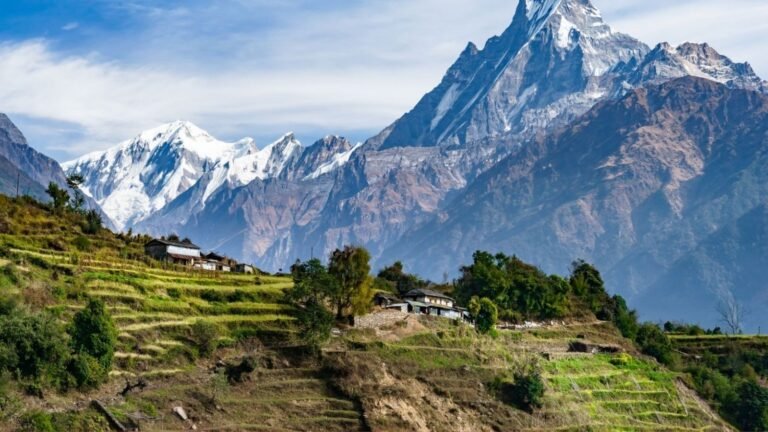The recent relentless downpour across parts of New South Wales has shattered rainfall records, according to the latest climate summary from the Bureau of Meteorology. The heavy rains, driven by a combination of weather systems and warm ocean temperatures, have resulted in an extraordinary wet season for the region.
Much of northern and north-eastern NSW experienced an unusually wet autumn, with the period bookended by the remnants of ex-Tropical Cyclone Alfred and a persistent low-pressure trough that brought catastrophic rains to the Mid North Coast. A weather station at Yarras, located west of Port Macquarie on the Hastings River, recorded a staggering 926 millimeters of rainfall marking the highest May total ever recorded at that site.
In towns like Wingham and Taree, rainfall more than doubled their previous monthly records, tallying 772mm and 746mm respectively. Senior climatologist Felicity Gamble explained that the area between Taree and Port Macquarie received an average of about 600mm during May. “Much of this region experienced four times their normal May rainfall, concentrated over just three to four days,” she said.
The region’s heavy rainfall also led to multiple daily rainfall records at locations including Gloucester, Taylors Arm, Kempsey, and Dungog. Ms Gamble attributed this extreme weather to a near-stationary low-pressure coastal trough, which was fed by warmer-than-average sea surface temperatures. “The warmth increases moisture and energy in the atmosphere, intensifying these rain-bearing systems,” she explained.
The combination of record rainfall and already saturated catchments earlier in the year has resulted in widespread flooding, with some areas experiencing unprecedented flood levels. The region’s weather pattern underscores the increasing impact of climate variability and warming oceans on local weather extremes.












+ There are no comments
Add yours